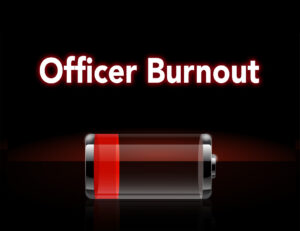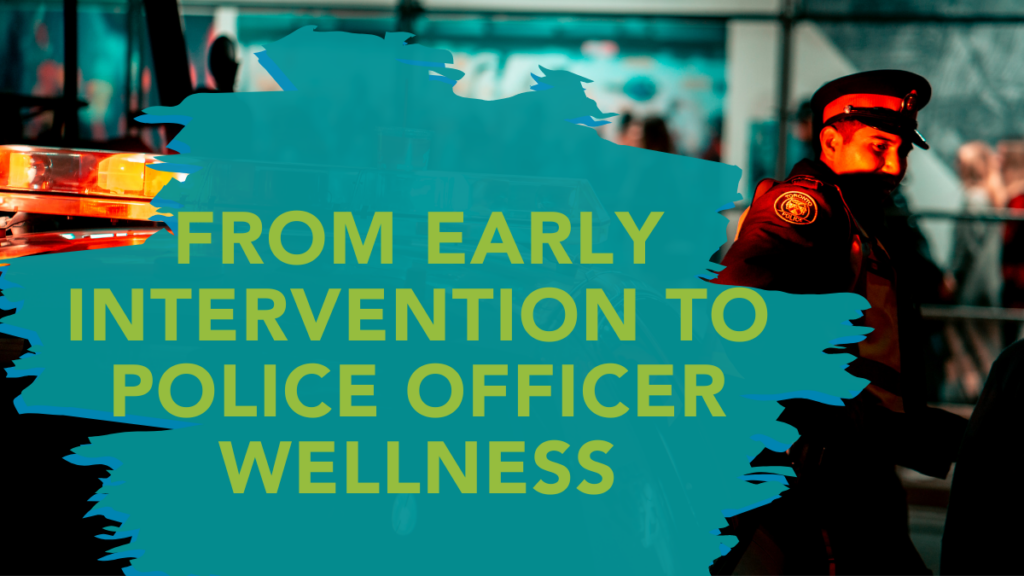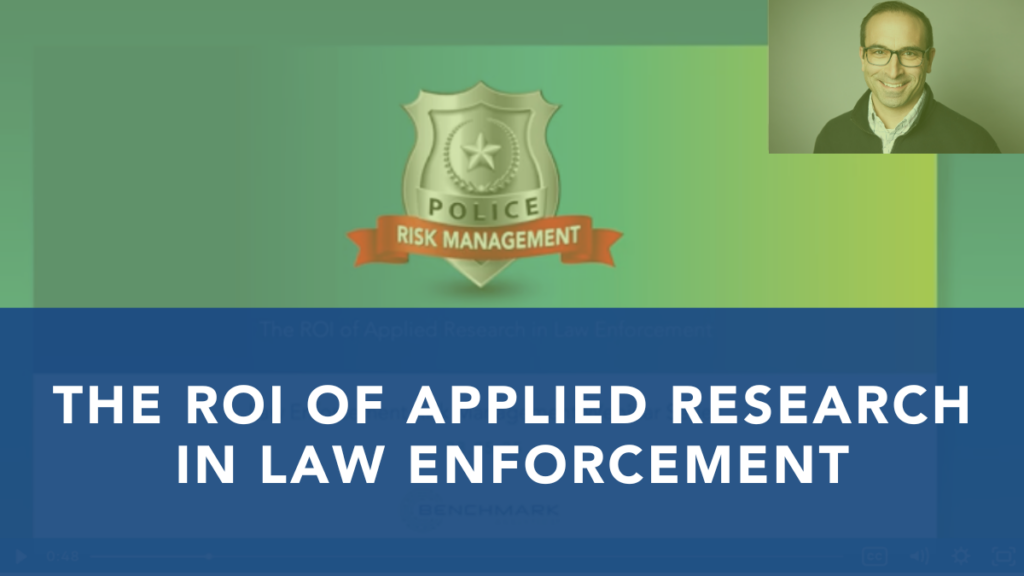Confronting Officer Burnout in Corrections
Posted
August 2, 2022
Share:
Many dangers confront corrections officers in the course of their duties. Inmate interactions and otherwise physically challenging work environments contribute to high rates of injury and a constant need to be vigilant. Those inherent stresses to the profession combined with a constant staffing churn, top-down organizational structure, and resource shortfalls form a lattice of conditions that make burnout a significant issue in corrections agency personnel management.
What Burnout Looks Like
 The simplest explanation for this complex problem is that burnout is the product of prolonged and repeated workplace stress. The notion of burnout as a distinct concept from daily stress was introduced into academic discourse in the early 1970s by Dr. Christina Maslach, who characterized it as a “psychological syndrome involving emotional exhaustion, depersonalization, and a diminished sense of personal accomplishment that occur[s] among various professionals who work with other people in challenging situations.” Symptoms manifest primarily as exhaustion, growing cynicism, and inefficacy.
The simplest explanation for this complex problem is that burnout is the product of prolonged and repeated workplace stress. The notion of burnout as a distinct concept from daily stress was introduced into academic discourse in the early 1970s by Dr. Christina Maslach, who characterized it as a “psychological syndrome involving emotional exhaustion, depersonalization, and a diminished sense of personal accomplishment that occur[s] among various professionals who work with other people in challenging situations.” Symptoms manifest primarily as exhaustion, growing cynicism, and inefficacy.
Risk Factors
Risk factors for burnout are especially prevalent in corrections settings. In a general work environment, a lack of control over assignments and working hours, extremes in activity levels, and a poor work-life balance are significant contributors to the stress levels leading to burnout. It isn’t difficult to see where a corrections environment has many of these pitfalls. A paper published by the U.S. Department of Justice Office of Justice Programs Diagnostic Center outlines four types of workplace stress and the factors that make corrections work uniquely difficult.
Inmate-Related Stressors
By nature, the corrections workplace environment is dangerous. Corrections officers face a nonfatal incident rate of 216 for every 1,000 officers. By that measure, the only more dangerous profession is policing. They also encounter a complex threat environment in which improvised weapons, drug use, sexual assault, and an uncooperative inmate population….
Occupational Stressors
These are stresses inherent to corrections work. By its nature, the work environment is confined and secure, with little availability of natural light and exposure to the outdoors. Heavily lifting and long hours on one’s feet contribute to a high rate of chronic injury. The danger of the job often demands a state of hypervigilance, a marker for PTSD, which is a significant driver of workplace burnout in law enforcement and corrections.
Administrative/Organizational Stressors
These are factors related to how corrections institutions are managed like overcrowded facilities, fluctuating shift schedules with mandatory overtime, workplace “politics,” and administrators’ perceived lack of support. There is also a documented correlation between correctional funding and employees’ stress levels.
Psycho-Social Stressors
Examples can be home-life stress due to shift work and blurring the home/work barrier related to the job — which builds a compounding cycle of stress for correctional officers. Negative media portrayals and cultural attitudes also substantially impact corrections officers’ self-esteem and job satisfaction.
How Burnout in Corrections is Different
Many of these root causes of burnout are more broadly similar to those in law enforcement and the general workforce. However, corrections officers often experience these contributing factors more intensely than other professions, building to a cumulative effect where symptoms of burnout amplify and contribute to one another.
Staff turnover is understood to be related to both occupational and organizational stressors. Given the diversity of correctional facilities in the United States, both in terms of scope and mission, it is difficult to assign a precise figure to annual turnover rates. Some of the most recently published research cites a range between 12-25%. Contrast that with a turnover rate of about 8% in law enforcement, and it becomes clear just how this instability in staffing contributes to the challenging working conditions that create conditions ripe for burnout.
The prevalence of PTSD, an important predictor of burnout, among correctional officers compared to law enforcement officers is also striking. The Department of Justice (DOJ) has published research indicating approximately 15% of law enforcement officers experience PTSD symptoms. Research involving PTSD in corrections officers showed a marked jump, with 53.4% of the survey respondents screening positively for symptoms. Notably, this figure rose to approximately 59% for female corrections officers and as high as 78% for African American corrections officers.
Amid a recruiting and retention crisis in law enforcement, attention and resources have been devoted to shoring up staffing numbers in policing. Though the problem is arguably more severe in corrections departments, comparatively little specialized research and few support organizations exist. It is clear that corrections officers have unique needs derived from the profession’s demands. Yet, it remains a niche area of inquiry in academia, further limiting targeted wellness and support resources available.
Confronting Burnout in Corrections
First and foremost, both general and targeted resources are needed to make serious progress in addressing burnout among corrections officers. On the macro level, this looks like providing adequate funding for correctional institutions and staff. More granularly, a similar approach to Employee Assistance Programs (EAPs) shows real promise in improving officer resilience to conditions unlikely to change in the near term. A recent survey produced by the American Corrections Association (ACA) looked at staff wellness and found that as many as 71% of agencies reported not having the funding they require for effective EAPs – with the smallest agencies reporting the most prominent funding gaps.
Though funding resources are frequently allocated at the legislative level, there are low-to-no-cost options to improve the experience of corrections officers. Culture shifts that emphasize open lines of communication, recognizing accomplishments, and incorporating proven change management and resilience-building strategies have been shown to help address organizational stressors that contribute to burnout. Many aspects of the corrections work environment are difficult to change but improving the organizational side of the profession offers leaders a viable option for reducing the prevalence of burnout.
Benchmark Analytics specializes in personnel management, partnering with agencies to implement research-based, data-driven software tools for corrections administration. For more on how our top-to-bottom corrections management system can help your agency, click here.
Related Posts
Ready to Experience the Benchmark Difference?
Benchmark Analytics and its powerful suite of solutions can help you turn your agency’s challenges into opportunities. Get in touch with our expert team today.



